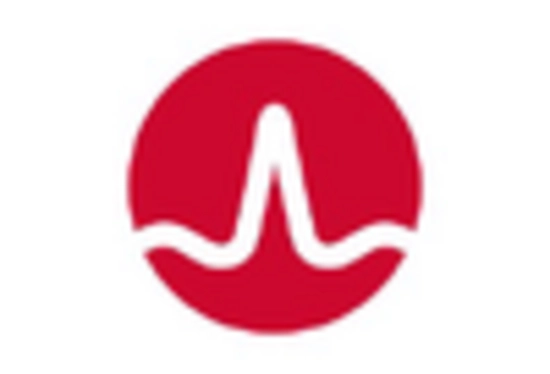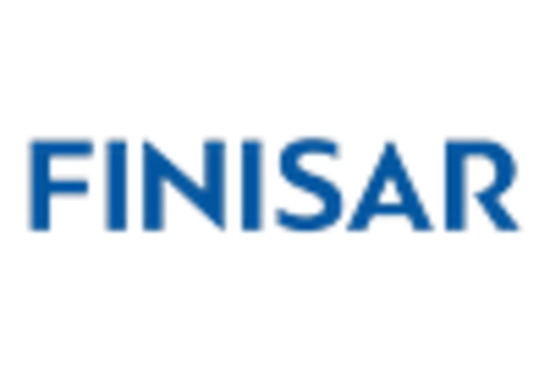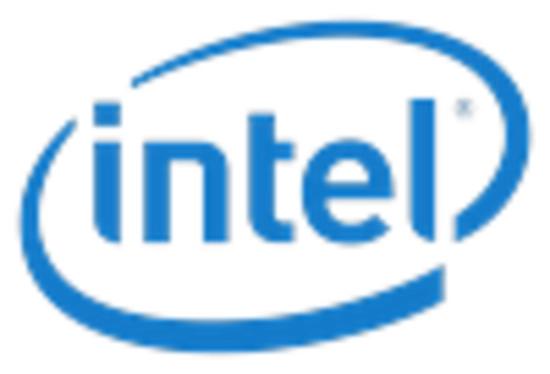Expansion of Photonic Applications
The expansion of photonic applications is significantly influencing the Indium Phosphide Compound Semiconductor Market. Indium phosphide is increasingly utilized in the development of photonic integrated circuits, which are essential for applications in telecommunications, sensing, and imaging. The ability of indium phosphide to efficiently convert electrical signals into optical signals enhances its appeal in these sectors. As industries continue to explore the potential of photonics, the market for indium phosphide is expected to grow, with projections indicating a potential increase in market size by 20% over the next few years. This growth is indicative of the material's versatility and its critical role in advancing photonic technologies.
Growing Applications in Defense and Aerospace
The growing applications of indium phosphide in the defense and aerospace sectors are contributing to the expansion of the Indium Phosphide Compound Semiconductor Market. Indium phosphide's unique properties, such as high radiation resistance and excellent thermal stability, make it suitable for use in high-reliability applications. These characteristics are particularly valuable in military communications and satellite systems, where performance and durability are paramount. As defense budgets increase and the demand for advanced technologies rises, the market for indium phosphide is expected to see a notable increase, with estimates suggesting a growth of approximately 10% in this segment over the next few years. This trend highlights the strategic importance of indium phosphide in critical applications.
Increased Investment in Research and Development
Increased investment in research and development is a notable driver for the Indium Phosphide Compound Semiconductor Market. As companies and research institutions focus on enhancing the performance and applications of indium phosphide, funding for R&D initiatives is on the rise. This investment is aimed at exploring new applications in areas such as quantum computing and advanced telecommunications. The market is likely to benefit from these innovations, as they could lead to breakthroughs that expand the use of indium phosphide in next-generation technologies. Analysts suggest that sustained R&D efforts could result in a market growth rate of around 12% annually, reflecting the industry's commitment to innovation and advancement.
Rising Demand for High-Speed Communication Technologies
The demand for high-speed communication technologies is a primary driver for the Indium Phosphide Compound Semiconductor Market. With the proliferation of 5G networks and the increasing need for faster data transmission, indium phosphide semiconductors are becoming essential components in optical communication systems. These semiconductors offer superior electron mobility and high-frequency performance, making them ideal for applications in fiber optic networks. Market analysis indicates that the optical communication segment is expected to account for a significant share of the overall market, potentially reaching USD 1 billion by 2026. This trend underscores the critical role of indium phosphide in meeting the growing requirements for bandwidth and speed in communication technologies.
Technological Advancements in Semiconductor Fabrication
The Indium Phosphide Compound Semiconductor Market is experiencing a surge in technological advancements, particularly in semiconductor fabrication techniques. Innovations such as molecular beam epitaxy and metal-organic chemical vapor deposition are enhancing the quality and efficiency of indium phosphide production. These advancements enable the creation of more efficient devices, which are crucial for applications in telecommunications and data centers. As a result, the market is projected to grow at a compound annual growth rate of approximately 15% over the next five years. This growth is driven by the increasing need for high-performance semiconductors that can operate at higher frequencies and with lower power consumption, thereby solidifying indium phosphide's position in the semiconductor landscape.
















Leave a Comment